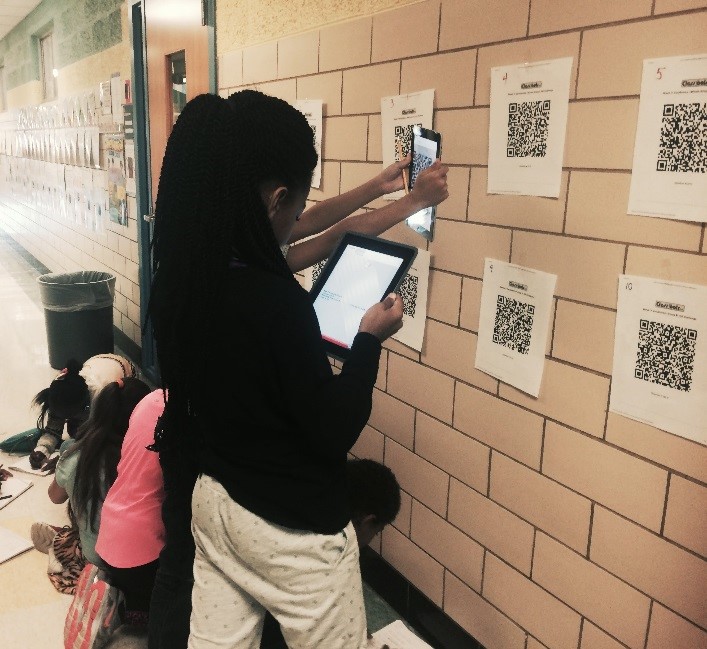Upgrading Our Education Technology
One click can unlock a world of knowledge. In a time of rapidly evolving technology and a rising tide of digital and personalized learning, having a solid gameplan in place for technology in Delaware classrooms is more vital than ever.
When asked about their current thinking, more than 69 percent of Delaware teachers said, “I wish we had more technology in our classrooms.” They’re not alone. In its Blueprint for Personalized Learning in Delaware, the Rodel Teacher Council identified technology infrastructure as an essential element of accomplishing personalized learning goals in the classroom.
Legislation introduced in the General Assembly called for a task force to evaluate Delaware’s strengths and deficits in education technology. The task force of educational leaders including teachers, district leaders, university representatives, state legislators, and Delaware Department of Education staff members, recently submitted education technology recommendations to our state legislature. The task force outlined eight goals to improve Delaware’s use of technology in the classroom. Here’s what you need to know:
Goal 1: Leadership
The first recommendation is the formation of a council on education technology to meet quarterly. The council would be responsible for evaluating education technology use and providing guidance for improvements.
Goal 2: Broadband & Support
The task force prioritized improving and expanding infrastructure in every school. To make full use of technology-related educational opportunities, students and teachers need to feel confident that they can access the internet regularly and without fail. Part of this effort includes hiring technology staff to support the networks and devices in Delaware schools.
Goal 3: Computing Devices
As most universities and workplaces require knowledge of computer systems, the task force recommends providing all students with a computing device, both at school and at home by the 2019-20 school year. According to the 2015-2016 Annual Delaware School Technology Survey, there are only 110,700 computing devices for instruction in Delaware schools, and 34,500 of them are found in libraries and computer labs. With 135,000 students in Delaware, the state is far from providing a ratio of one device per student.
Goal 4: Teacher Preparation
The task force recommends implementing a higher education credit minimum or competency requirement for teachers on technology use in the classroom. All teachers need to be supported in developing confidence with classroom technology for purposes of personalizing instruction and guiding their students effectively.
Goal 5: Professional Learning
Ongoing programming for educators, principals and superintendents is recommended to keep school professionals informed on the most innovative tools and resources in education technology. When teachers were asked about their preparedness for effective use of technology in the classroom, it seemed that teachers were generally unsatisfied with preparation in their undergraduate and graduate teacher education programs. About 43 percent of the surveyed Delaware teachers felt that they relied on independent learning to a major extent, and 33 percent to a moderate extent when it came to education technology.
Goal 6: Blended Learning to Personalize Instruction
The task force has suggested an online virtual network of resources for the classroom. This network would be accessible to students and faculty on a state-wide level.
Goal 7: Assistive Technology
Providing all students, including those with disabilities, with achievement oriented technology is essential to unlocking their full potential. The task force calls for a shared state and local obligation to select and acquire assistive technology based on individual students’ needs.
Goal 8: Assistive Technology for Educators
It is equally as important to provide training for teachers in assistive technology to prepare them for effective use in the classroom. Face-to-face learning opportunities for educators will maximize student success.


